
How to wash a backpack
Backpacks and bookbags can get dirty or stained over time, whether they’re loaded up with school supplies, hiking gear, or function as your daily carryall. When it’s time for a deep clean once or twice a year, you’ll want to spot clean stains, gently wash according to the care label instructions and properly air dry. Read on for step-by-step instructions for how to hand wash or machine wash a backpack.
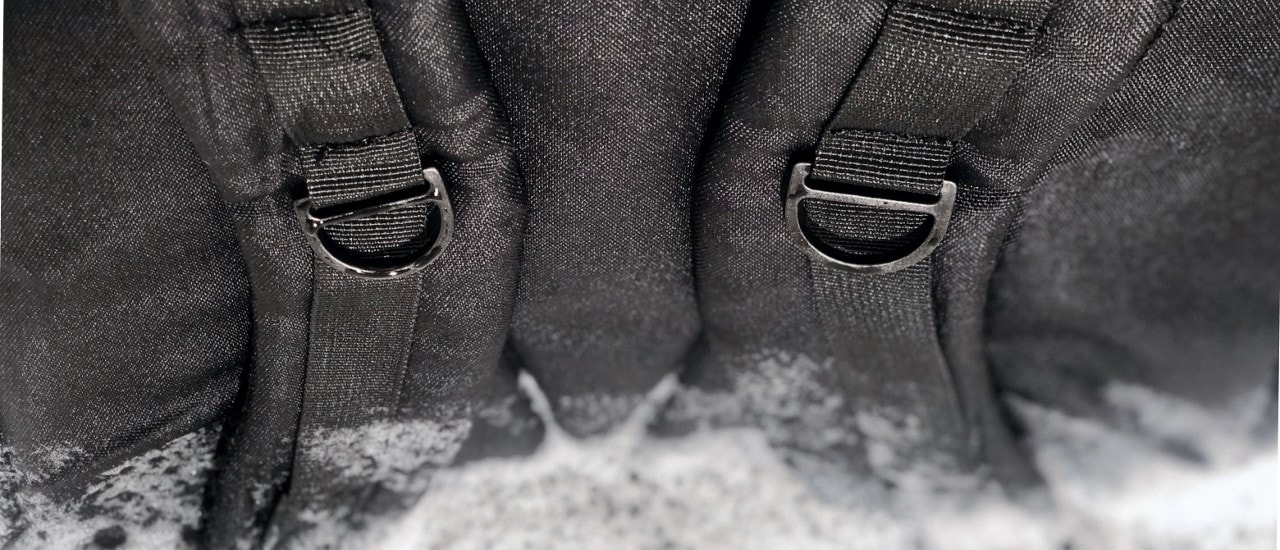

How to wash a backpack by hand
Hand washing is the safest method to clean bookbags or backpacks (the same goes for washing baseball caps or cleats). Some bags—especially hiking packs—have protective coatings that could break down in the washer. If your bag is leather, leather-trimmed or has decorations like iron-on patches or embroidery, you’ll want to stick with hand washing.
What you’ll need:
- Mild (fragrance- and additive-free) soap or detergent
- Sponge or washcloth
- Soft-bristled cleaning brush (like an old toothbrush)
- Old towels

Step 1: Empty the backpack and brush off visible dirt
Open every pocket and compartment and remove all items, leaving pockets unzipped. Shake out the backpack to remove dirt or crumbs and brush off dirt and buildup on the outside. You can also use a vacuum attachment along the inner and outer seams. Remove any metal frames and detachable straps and hip belts.
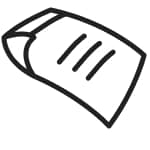
Step 2: Read the care instructions label
Care labels are usually located inside the backpack. Follow the instructions for cleaning. If there isn’t a label, be sure to test the fabric in a less visible spot with about ¼ teaspoon of detergent first to avoid fading or damage.

Step 3: Spot treat stains
Using a teaspoon of detergent mixed with lukewarm water and a soft-bristled brush or sponge, gently clean any visible stains.

Step 4: Gently wash the backpack in lukewarm water
Fill a sink, large basin or bathtub with lukewarm water and a tablespoon of mild detergent. If the backpack can be submerged (check the care label), place it directly in the water. Scrub both the inside and outside of the backpack with a sponge or washcloth. You can clean the sponge in the microwave once finished. Use an old toothbrush to scrub the zippers to remove any buildup.

Step 5: Rinse and air dry
If you’ve submerged the backpack, drain the soapy water and replace with clean, cool water to thoroughly rinse. If you’ve only used a sponge or cloth without submerging, soak the sponge in clean water and go over the backpack to remove any detergent. Use an old towel to gently pat away excess moisture, and hang up the bag to air dry. Never put a backpack or bookbag in the dryer, as the heat can damage the fabric and accessories like zipper pulls.
Maintenance tip: If you plan on applying protective finishes like waterproofing sprays, make sure to wait until your clean backpack is completely dry.

Need help finding the right size laundry set?
How to wash a backpack in the washer
Basic school backpacks and bookbags made of nylon or canvas can usually be washed in a washing machine, but be sure to check the care label first.
What you’ll need:
- Mild (fragrance- and additive-free) detergent
- Sponge or washcloth and soft-bristled cleaning brush (like an old toothbrush)
- Pillowcase or laundry bag
- Old towels

Step 1: Empty the backpack and brush off visible dirt
Open every pocket and compartment and remove all items, leaving pockets unzipped. Shake out the backpack to remove dirt or crumbs and brush off dirt and buildup on the outside. You can also use a vacuum attachment along the inner and outer seams. Remove any metal frames and detachable straps and hip belts.

Step 2: Read the care instructions label
Care labels are usually located inside the backpack. Follow the instructions for cleaning. If there isn’t a label, be sure to test the fabric in a less visible spot with about ¼ teaspoon of detergent first to avoid fading or damage.

Step 3: Spot treat stains
Using a teaspoon of detergent mixed with lukewarm water and a soft-bristled brush or sponge, gently clean any visible stains.

Step 4: Machine wash with a gentle cycle
Cut any loose threads around the zippers. Place the backpack inside a pillowcase or laundry bag to prevent straps or zippers from getting tangled or caught inside the washer. Add a small amount of mild detergent (fill to the first line of the detergent cap) and run a gentle cycle.

Step 5: Air dry
After the wash cycle is complete, use an old towel to gently pat away excess moisture, and hang up the bag to air dry. Never put a backpack or bookbag in the dryer, as the heat can damage the fabric and accessories like zipper pulls.
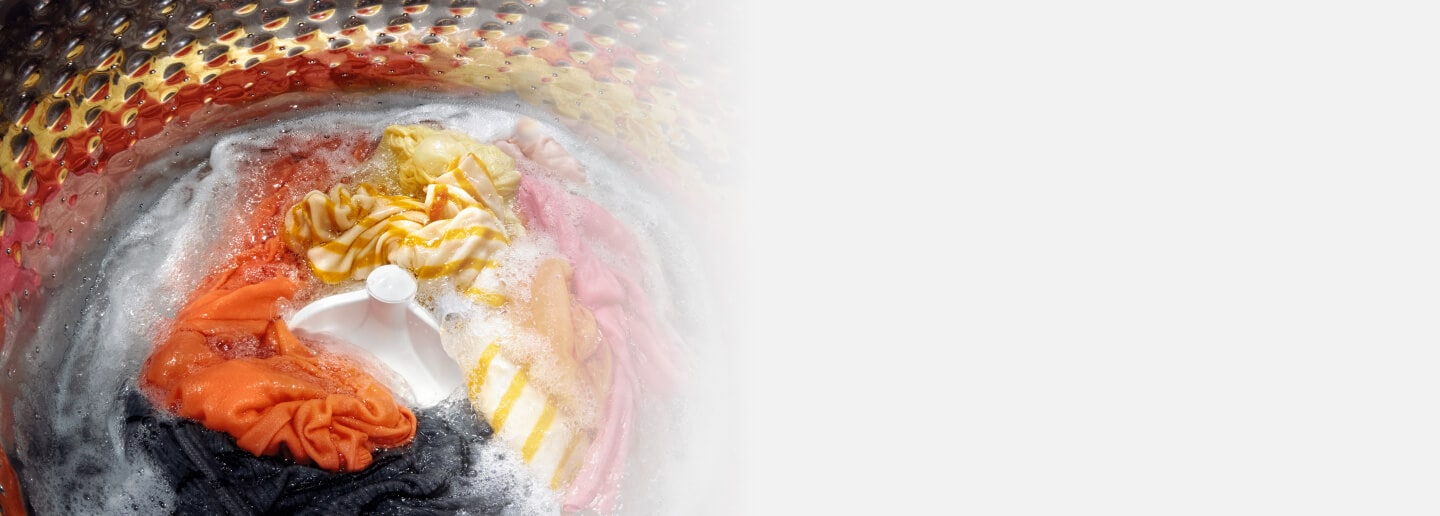
360 Wash Agitator
Multiple wash motions for a deeper clean you can see
From home-run mud stains to early-morning coffee spills, Whirlpool® Washers with 360 Wash Agitator loosen soils with a shorter wash time
Explore Whirlpool® washers
From grass stains to food spills, messes happen, which is why proper laundry care is essential to managing your family’s busiest weeks. Browse the full collection of washers by Whirlpool brand to explore innovative laundry features like intuitive controls and the 2 in 1 Removable Agitator on select models.


Helping kids stay in school
Learn how Whirlpool helps end the dropout cycle by giving kids access to clean clothes through the Care Counts™ Laundry Program
Was this article helpful? Pass it on
Explore more from Whirlpool brand

How to wash stuffed animals
Learn how to wash stuffed animals with our easy step-by-step instructions and helpful tips.
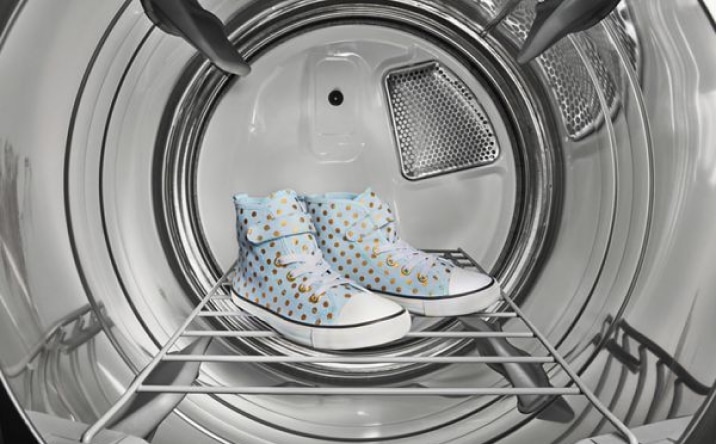
How to wash your shoes in the washing machine
When you’re heading out with friends or family, you want to look your best from head to toe.
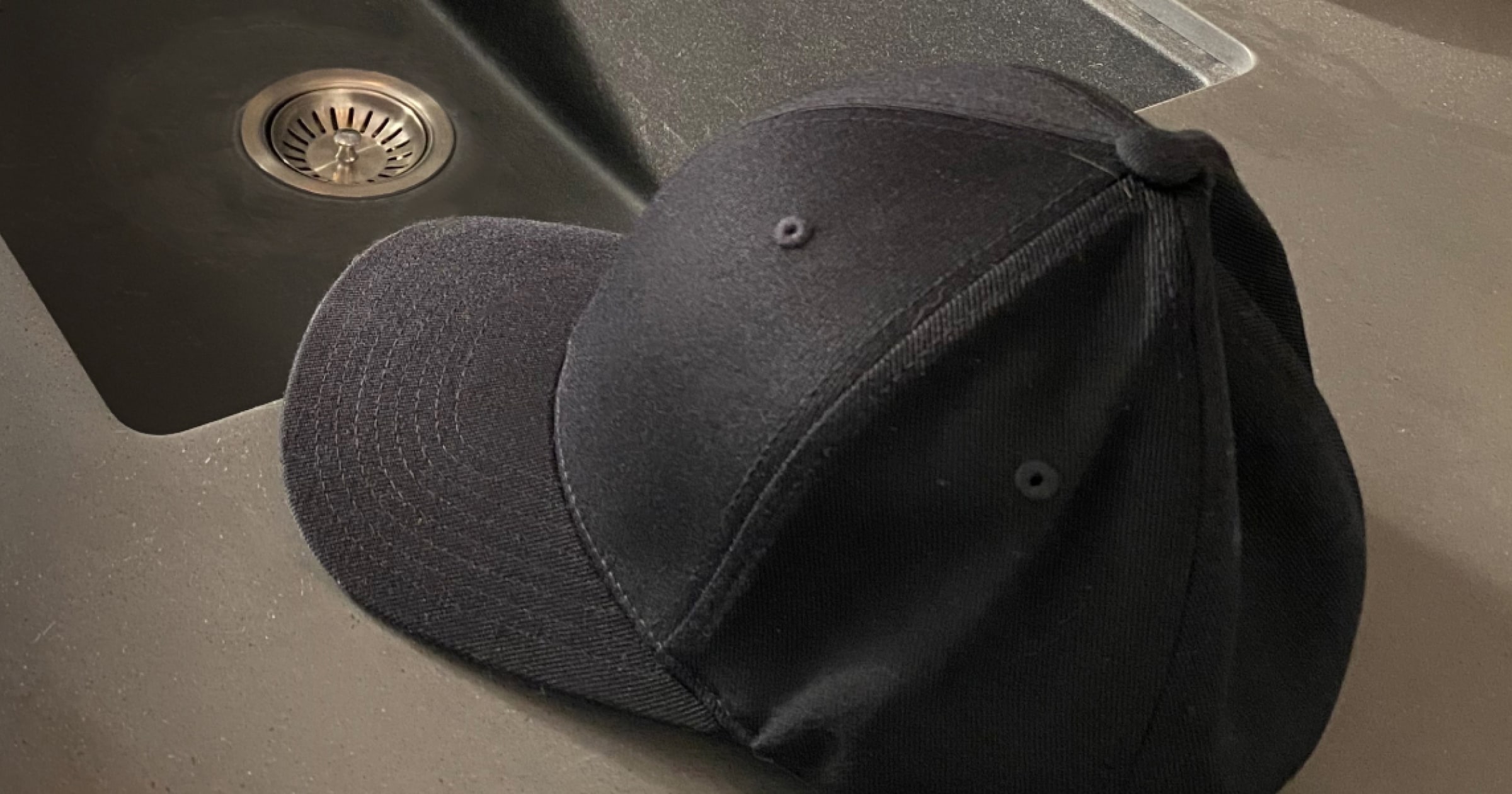
How to wash a baseball cap
Learn how to wash a baseball cap with our easy step-by-step instructions and helpful hat washing tips.


home heartbeat
Ready for more tips, home hacks and appliance guides?


